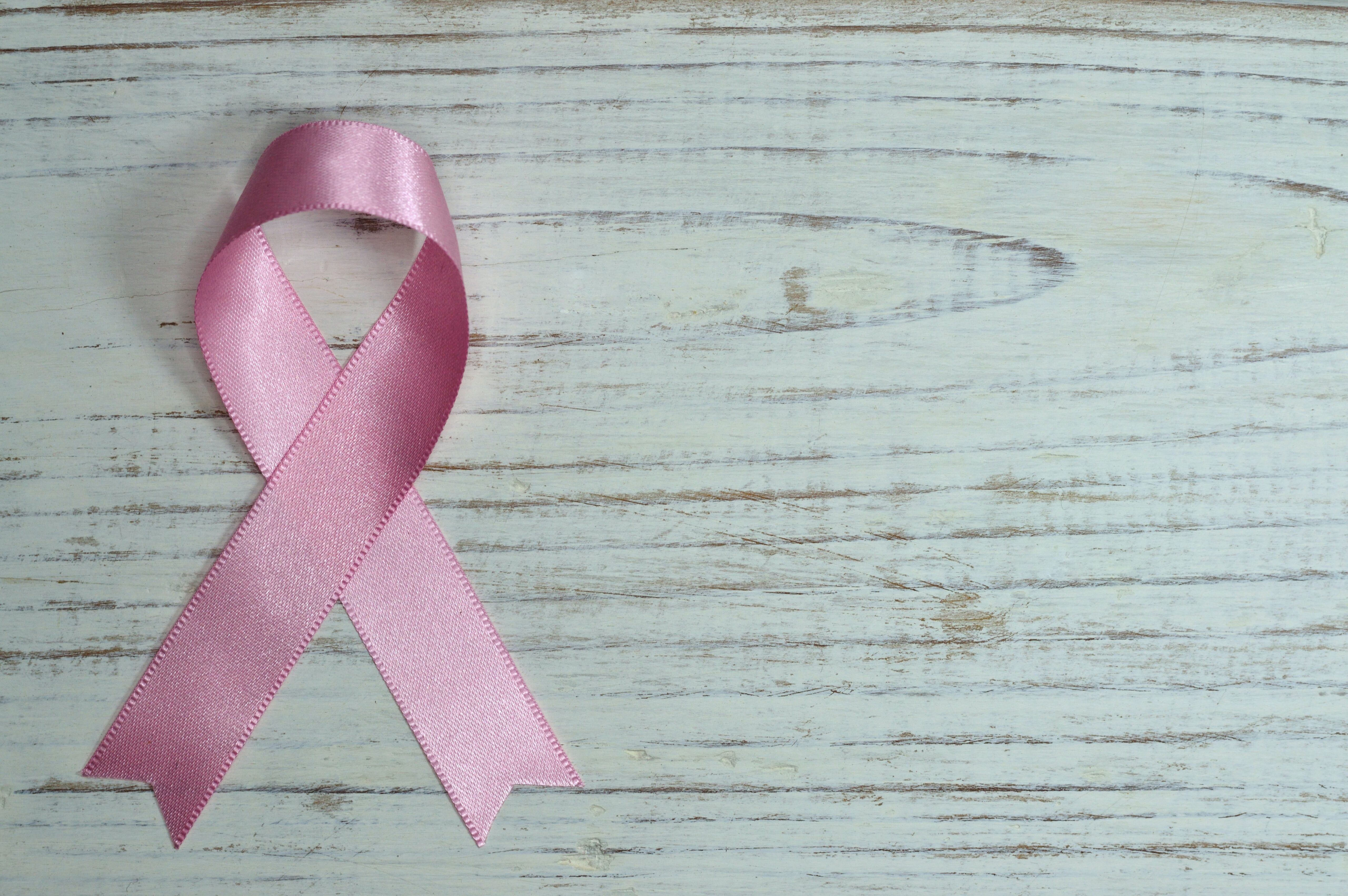Anna Vogelzang is a research assistant here at Noigroup and also a Masters by Research candidate at IIMPACT in Health at the University of South Australia studying persistent pain in breast cancer survivors. Anna has been involved with a group of international pain researchers looking at this population, and they’ve just published an article [see here]. Check out what Anna has to say about the topic…

There are a lot of breast cancer survivors with persistent pain. Around 1 in 5 breast cancer survivors experience moderate to severe pain after curative treatment1 (umm… yikes). Despite how common it is, there’s evidence to suggest that it is underreported, under-assessed and under-treated. Why? One reason is that some survivors don’t want to discuss their symptoms or ‘distract’ their healthcare provider from other health concerns and the important post-cancer follow-ups. If health professionals don’t know about it, they don’t know to treat it. Another issue is that there’s not a lot of guidance or clear evidence yet for any specific pain management approach – making the job of health professionals much harder. It’s clear we need more research in this area, and there’s quite a bit we don’t yet know. But with so many survivors out there to study and a growing amount of interested researchers, there’s increasing momentum for new discoveries. That’s encouraging, hey?
So, what do we know right now?…
Persistent breast cancer pain (like all pain) is complex
Biological, psychological, and social factors are all important to consider. (Pssst! I’m talking about the biopsychosocial model of course. Learn about the model in the article or check out this blog)
Cancer treatments are harsh on tissues and nerves. And some of these impacts may stick around in the tissues after treatment has finished. Many breast cancer survivors will also undertake hormone therapy and experience joint pain so unpleasant that they choose to discontinue it. The exact mechanism of this joint pain isn’t known, but there is some early evidence suggesting that oestrogen deprivation might be impacting the nociceptive processing pathways.
Psychological factors are also associated with pain – like anxiety, depression, worry and distress2,3. More specifically with breast cancer, everyday aches and pains can promote fears of cancer recurrence and may cause them to attribute ‘normal’ discomfort as breast cancer-related pain4.
Social factors are associated with pain. This includes relationships and the bigger picture of ‘social determinants of health’ (economic and social conditions). For example, low education levels and low-income status has been linked to poorer outcomes for pain5. Another example is that your intimate relationships can affect your pain6 (there’s certainly a case for choosing them wisely). For many breast cancer survivors, their ability to seek help or reassurance from health professionals is hindered by the ongoing care of dependants and work demands. They may have limited access to their healthcare team once their primary treatment has concluded. And before I keep going, let’s just say that I’ve barely scratched the surface of all the different factors that could influence pain, but I think you get the gist!
If any of this sounds like pain science education could be helpful…
Our group makes the case for understanding the multiple contributors to pain through pain science education that is tailored to breast cancer survivors. Check out the article if you want more details on how this education might help and how it might be tailored to people with breast cancer.
References:
- van den Beuken-van Everdingen, M. H., Hochstenbach, L. M., Joosten, E. A., Tjan-Heijnen, V. C., & Janssen, D. J. (2016). Update on Prevalence of Pain in Patients With Cancer: Systematic Review and Meta-Analysis. Journal of pain and symptom management, 51(6), 1070–1090.e9. https://doi.org/10.1016/j.jpainsymman.2015.12.340
- Edwards RR, et al. Alteration in pain modulation in women with persistent pain after lumpectomy: influence of catastrophizing. JPain Symptom Manag. 2013;46(1):30-42 13p.
- Boakye PA, et al. A critical review of neurobiological factors involved in the interactions between chronic pain, depression, and sleep disruption. Clin J Pain. 2016;32(4):327–36
- Heathcote LC, Eccleston C. Pain and cancer survival: a cognitive-affective model of symptom appraisal and the uncertainthreat of disease recurrence. Pain. 2017;158(7):1187–91
- Yap, Z. L., Summers, S. J., Grant, A. R., Moseley, G. L., & Karran, E. L. (2021). The role of the social determinants of health in outcomes of surgery for low back pain. A systematic review and narrative synthesis. The spine journal : official journal of the North American Spine Society, S1529-9430(21)01047-0. Advance online publication. https://doi.org/10.1016/j.spinee.2021.11.013
- Newton-John TRO. Solicitousness and chronic pain: a critical review. Pain Rev. 2002;9(1):7–27.

comments